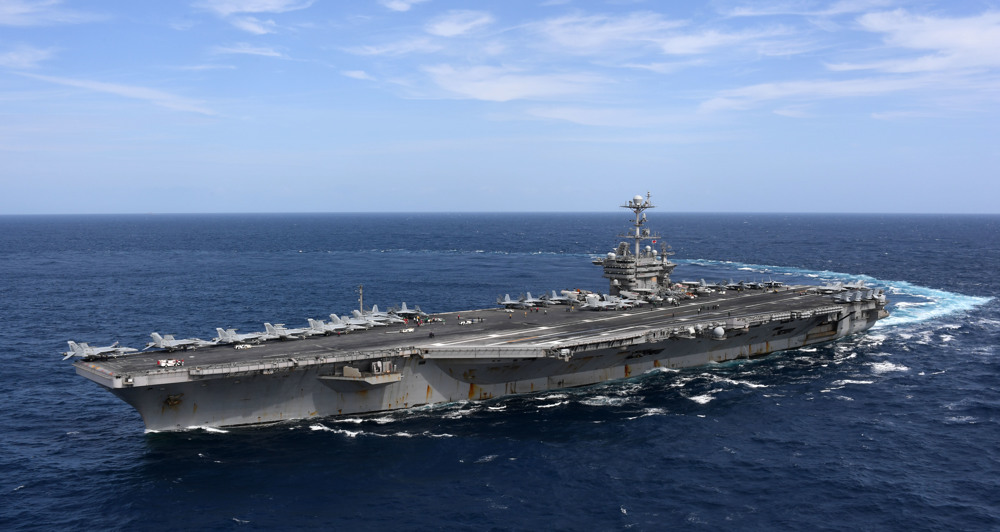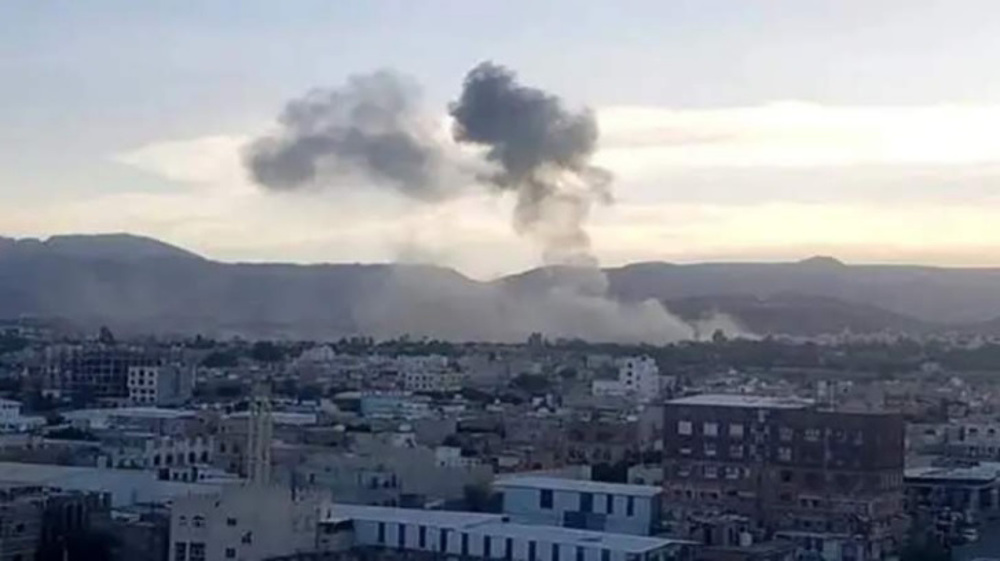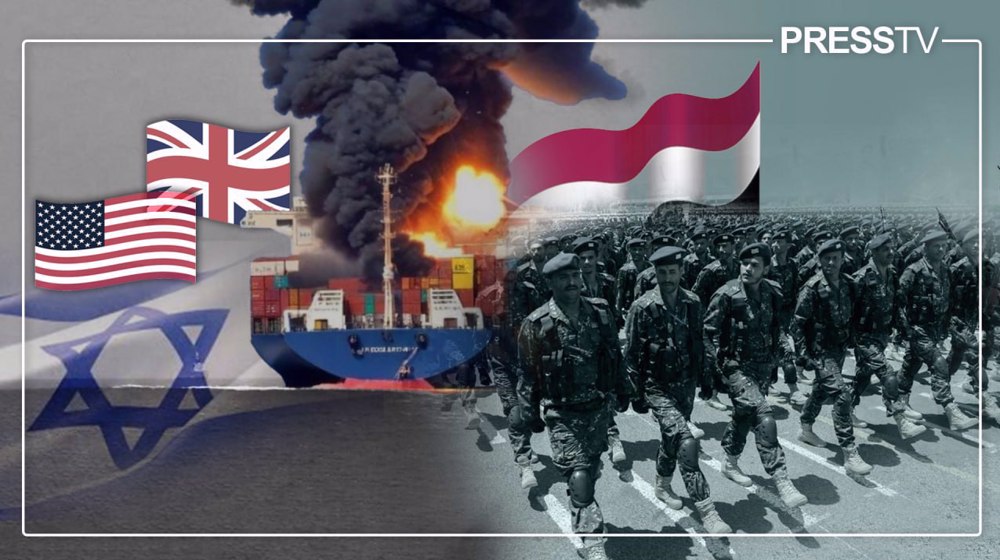US spent $43 million on gas station in Afghanistan: Report
The US Defense Department spent $43 million of American taxpayers' money to build a gas station in Afghanistan that should have cost roughly $500,000, according to a new government watchdog report.
One of the most "troubling" issues is how the Pentagon was unable or unwilling to explain why the "ill-conceived" project was so expensive, the Special Inspector General for Afghanistan Reconstruction (SIGAR) said in a report issued Monday.
"Even considering security costs associated with construction and operation in Afghanistan, this level of expenditure appears gratuitous and extreme," said John Sopko, the director of SIGAR.
“It's an outrageous waste of money that raises suspicions that there is something more there than just stupidity," Sopko said. "There may be fraud. There may be corruption. But I cannot currently find out more about this because of the lack of cooperation."
The mission involved building and operating Afghanistan's first compressed natural gas filling station in the northern city of Sheberghan that was funded by the Task Force for Business and Stability Operations, a division of the US Department of Defense established to “stabilize” the Afghan economy.
Congress appropriated more than $820 million for the TFBSO between 2010 and 2014.
"I'm suspicious when I see something that cost 140 times more than it did and I find people trying to withhold or not cooperate with me," Sopko said. "It raises my suspicions."
He called the cost “sheer stupidity" and “indicative of a real serious mismanagement," but said perhaps the "more serious" issue was how the US military had failed to offer documentation or records on the project.
The US and its allies invaded Afghanistan on October 7, 2001 as part of Washington’s so-called war on terror. The offensive removed the Taliban from power, but after 14 years, the foreign troops have still not been able to establish security in the country.
Despite a previous pledge to withdraw all US troops from Afghanistan by the end of next year, US President Barack Obama has announced plans to keep 5,500 of the troops in the country when he leaves office in 2017.
VIDEO | Thousands evacuated in Ethiopia amid earthquakes, volcanic eruption fears
Revealed: Israeli ministers eye restoration of illegal settlements in Gaza through genocide
How Los Angeles’ pistachio tycoons facilitated and profited from wildfires
Iraqi PM: Iran was in Syria to fight terrorism; presence requested by Damascus
Hamas: Israel's massacre in Jenin camp won’t break resistance
60 bodies recovered from abandoned South African gold mine: Police
Biden administration ‘quietly’ circumnavigating own ban on TikTok: Report
Iran Navy takes delivery of first advanced ‘signals-intelligence’ destroyer










 This makes it easy to access the Press TV website
This makes it easy to access the Press TV website